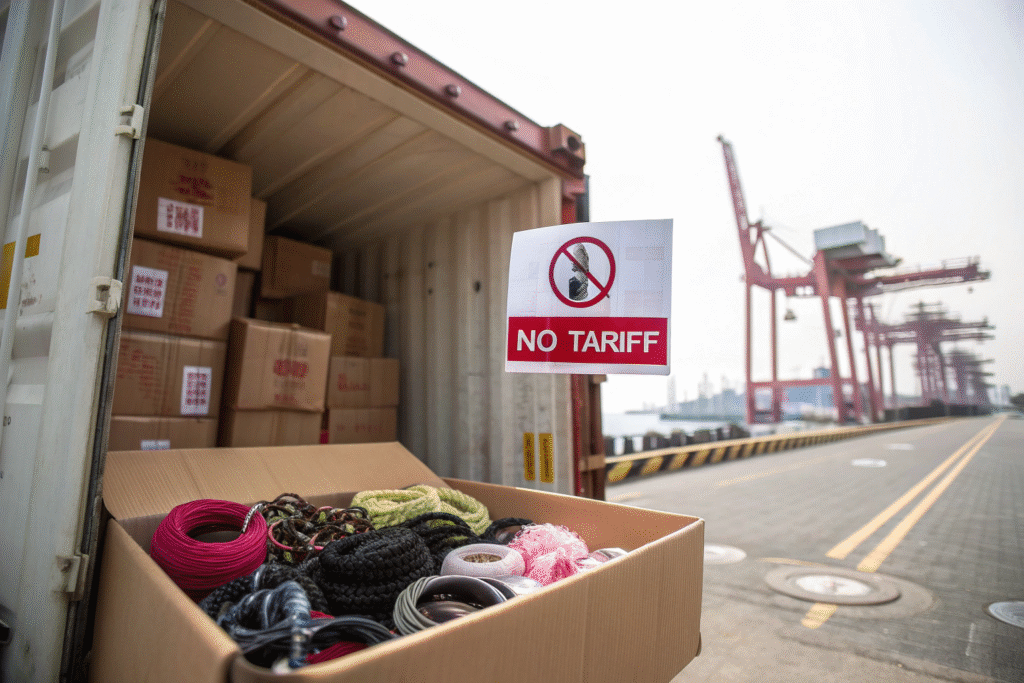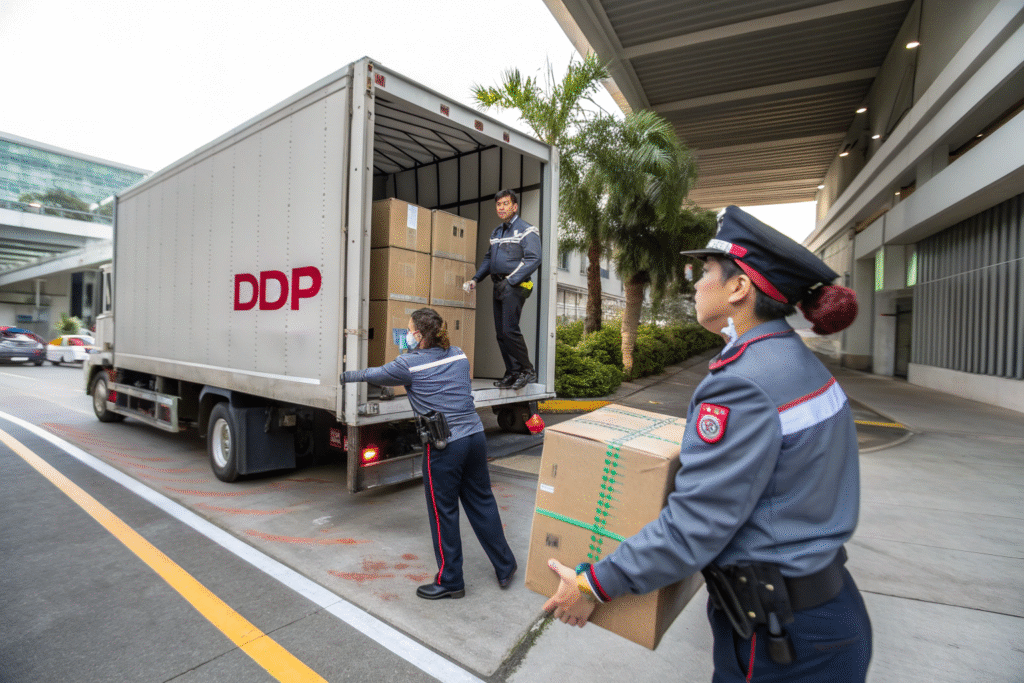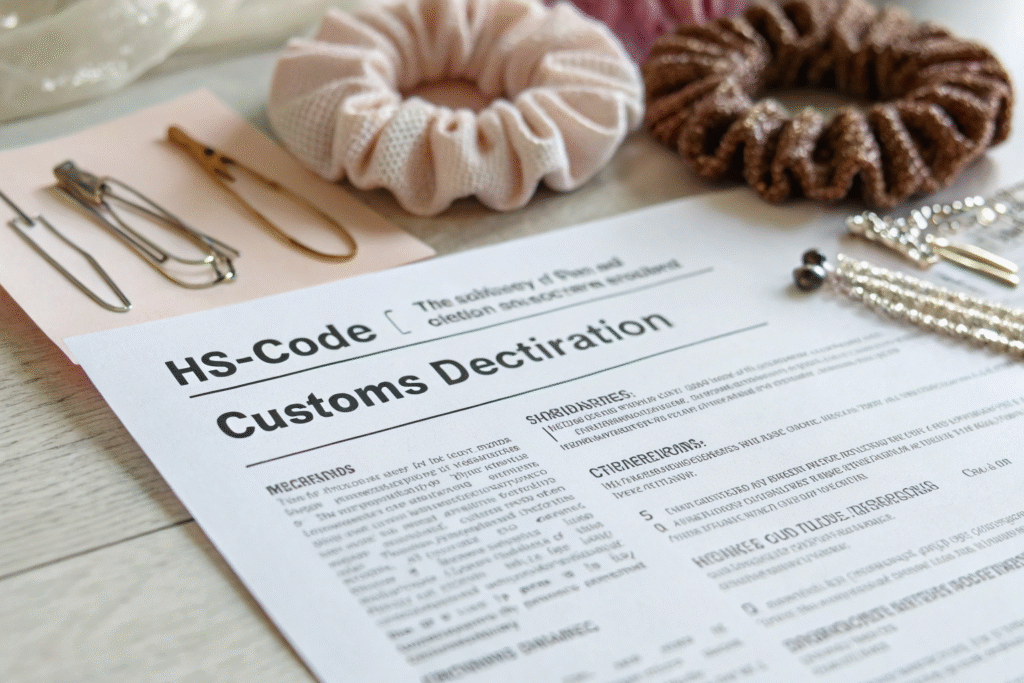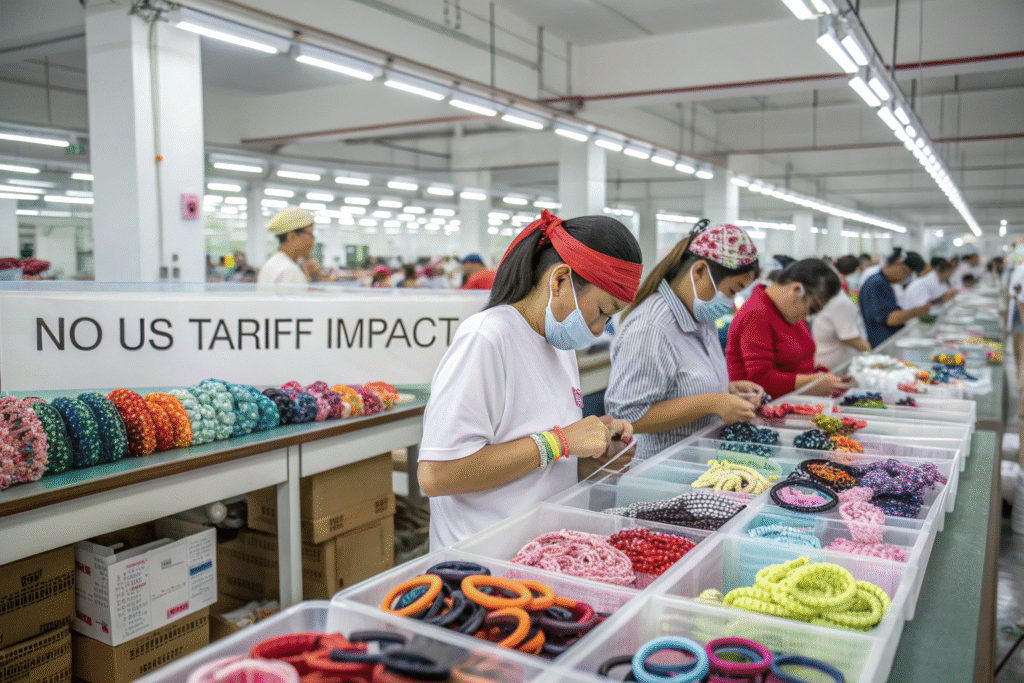As US tariffs continue to fluctuate, American buyers of fashion hair accessories face growing uncertainty around cost and delivery. Many importers are searching for reliable factory partners who can offer consistent pricing, no matter the trade policies. But is “tariff-proof pricing” even possible in this volatile global market?
Yes, with the right factory setup, it is. At HairAcc, we’ve developed strategies to help US buyers maintain pricing stability despite external challenges like Section 301 tariffs, freight surcharges, and customs delays. From factory location to logistics partnerships, this article breaks down exactly how we make it happen.
We understand how hard it is for importers to commit to bulk orders without cost predictability. So this guide is written for sourcing managers, retail buyers, and brand founders who are tired of shifting price lists and hidden surcharges. Let's explore how you can source confidently in 2025 and beyond.
What Is Tariff-Proof Pricing and Why Does It Matter?
Tariff-related uncertainty is one of the biggest risks for US-based importers buying from China. In 2018, Section 301 tariffs caused a sudden cost hike across a wide range of consumer goods, including fashion accessories. Many buyers had to renegotiate contracts or lose margin.
Tariff-proof pricing refers to a factory's ability to offer stable, upfront quotes that won't change even if trade tariffs are imposed or increased during production or shipping.

How Can Factories in China Avoid US Tariff Increases?
Some Chinese factories have adapted by relocating part of their production or finishing processes to countries not affected by US tariffs. Vietnam, Cambodia, and Malaysia are common choices for tariff-avoidance strategies. Others shift to bonded warehouse systems or FCA (Free Carrier) terms to control tariff exposure.
Additionally, many factories use third-country invoicing or re-routing through export hubs like Hong Kong or Taiwan. These legal trade compliance tools can help qualify shipments under less restricted tariff codes. Factories like HairAcc that master this give their clients peace of mind.
Why Are Tariff-Proof Solutions a Competitive Edge?
Without this advantage, many small US brands cannot scale their inventory plans or pricing strategies. Having a supplier who absorbs risk or redirects operations allows buyers to plan ahead confidently. It’s especially valuable for online sellers, where pricing missteps mean poor reviews and high return rates.
As CBP enforcement grows stricter, having a trusted partner who understands tariff regulations—and how to avoid them—is no longer optional. It's essential.
What Role Does DDP Shipping Play in Avoiding Tariff Surprises?
For many buyers unfamiliar with international logistics, DDP shipping can seem complex. But for those who understand it, Delivered Duty Paid (DDP) is one of the most powerful tools for avoiding unexpected tariff expenses.
Factories that offer DDP services take full responsibility for customs clearance, duties, and taxes—delivering goods directly to the buyer’s door with no hidden charges.

How Do DDP Agreements Shield Buyers from Tariffs?
Under DDP, the seller (in this case, HairAcc) includes all import costs in the quote. We work with freight forwarders who specialize in pre-paid customs clearance, using harmonized codes that minimize duty exposure where legally possible.
This setup protects buyers from retroactive duty bills or surprise port fees. Platforms like Flexport and Maersk Flow also help streamline DDP tracking and reporting, adding transparency for US clients.
Are There Risks with DDP Shipping?
DDP depends heavily on the supplier’s compliance knowledge and logistics partners. A weak DDP program can result in delayed deliveries or non-compliant documentation. That’s why it's crucial to partner with factories that have proven DDP experience and customs-ready paperwork templates.
At HairAcc, we’ve successfully delivered over 3,000 DDP shipments across North America in the last 24 months without any tariff disputes.
Can Product Classification Help Lower or Eliminate Duties?
Hair accessories may seem simple, but their HS Code classifications play a big role in import duty rates. Many factories fail to advise clients on this, leaving buyers exposed to unnecessary costs.
Smart classification—based on materials, function, and design—can legally place hair accessories in lower-tariff or even duty-free categories.

What HS Codes Are Most Common for Hair Accessories?
Here’s a breakdown of typical hair accessory categories under the Harmonized Tariff Schedule (HTS):
| Product Type | Example HTS Code | Avg. US Duty Rate |
|---|---|---|
| Plastic Hair Clips | 9615.11.10 | 2.7% |
| Textile Scrunchies | 6117.80.85 | 14.6% |
| Silk Scarves | 6214.20.00 | 0% (with origin proof) |
| Metal Hairpins | 9615.90.2000 | 5.1% |
By tailoring your product design and material combinations, we can guide classification into the most favorable codes. This optimization strategy is 100% legal and follows USITC rules.
How Do Factories Support with Classification?
Experienced factories like HairAcc prepare pro forma invoices and packing lists with the correct HS Codes. We even work with US brokers in advance to ensure our classification is accepted. This proactive approach saves our clients thousands in annual tariff charges.
We also monitor HTS changes to stay ahead of new policies that might impact our categories. When necessary, we suggest design tweaks to move products out of high-duty zones.
How Do Factory Locations Impact Tariff Exposure?
Not all Chinese factories are created equal when it comes to tariff-proofing. Where a factory is located can directly impact how goods are processed, classified, and shipped.
Factories located near bonded logistics zones or in free trade pilot areas enjoy faster customs clearance, lower export compliance risk, and more tariff optimization options.

What Are Free Trade Zones and How Do They Help?
Free Trade Zones (FTZs) like those in Shenzhen, Ningbo, and Xiamen offer special export policies, including:
- Tax refunds on raw materials
- Deferred customs duties
- Faster clearance procedures
- Reduced inspection rates
These advantages allow suppliers to keep total landed costs low, even during tariff fluctuations. Many China FTZ policies align with trade agreements that further lower the risk for US importers.
Should You Only Work with Factories Near Ports?
Not necessarily. What matters more is whether the factory uses bonded warehouses or has logistics access to FTZ shipping routes. At HairAcc, even though our main factory is inland, we ship from multiple coastal hubs using bonded agents and customs-cleared freight forwarders to reduce delays and duties.
This flexibility means we can fulfill urgent orders quickly, while protecting US buyers from cost spikes.
Conclusion
Tariff-proof pricing isn’t a fantasy. It’s the result of smart planning, legal logistics strategy, and factory transparency. At HairAcc, we’ve spent years building a supply chain model that lets US buyers skip the usual pricing traps and delays—without compromising product quality or customization options.
If you’re tired of unreliable quotes or fluctuating import costs, HairAcc can help. We’re more than just a factory—we’re your partner in predictable growth. Contact our Business Director Elaine at elaine@fumaoclothing.com to explore your next custom hair accessories order.









